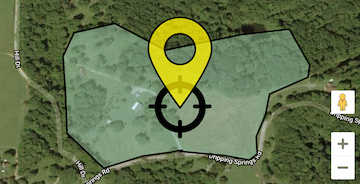What Your Mama Never Told You About Brassicas

First a brief description of some common Brassicas is in order. Rape (Brassica napus) is a short season leafy crop whose stems and leaves are eaten by deer at various stages of growth. Rape re-grows after harvest and is the easiest brassica to manage for multiple grazings.
Swedes (Brassica napus) produces a large edible root. Yields are higher than turnips but growth is slower and requires 150 to 180 days to reach maximum production. All varieties are recommended for late fall grazing.
For November and December grazing, plant Swedes or kale in May or June and plant rape or turnips in July and August. Any time later than this will not allow the plants to reach maximum production before killing frosts especially in the north.
Now for the part that your mama never told you: Don't plant Brassicas on the same ground for more than two successive years! Not even in the same field, they need to be rotated out due to diseases such as anthracnose, powdery mildew, root knot, leaf spot, white rust, scab, turnip mosaic virus and rhizoctonia rot. The worst of these do not just injure the plant, they can cause an entire crop to turn black and die in a short period of time. The effect is less intense in the north because cold destroys some of the organisms. New Zealand varieties are likely more vulnerable to the funguses than those grown in the US for years.
Some varieties of turnips, canola, and rape have some genetic resistance but none are immune to the disease complex. There is no substitute for crop rotation! Rest the area for a minimum of two years. A clover/wheat mix makes an excellent alternate crop for deer.
Another important reason for crop rotation is that Brassicas are also attacked by insects that quickly build up in successive years such as the cabbage flea beetle, striped flea beetle and the common aphid.
Bottom line: enjoy your Brassica patches while they last, but rotate them out after two years to prevent big trouble. There is no substitute for crop rotation!

